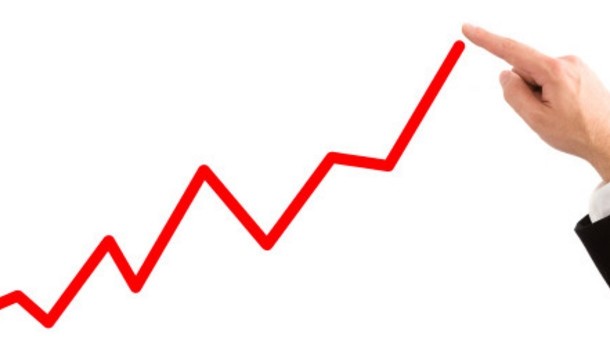‘Emerging middle class’ drive B-brand growth

Many would naturally expect established global consumer brands to be the primary beneficiaries of the emergence of ‘a new middle class’ in developing economies like Brazil, China, India, Indonesia and Turkey.
But new research published in the American Economic Journal: Applied Economics suggests that as low-income households experience upward socio-economic mobility and begin to consume goods and services that they could not previously afford, they actually provide an engine of growth for a fringe of smaller manufacturers and producers, sometimes referred to as "B-brands."
Led by Dr Alon Eizenberg from the Hebrew University of and Dr Alberto Salvo of the National University of Singapore, the new study finds rapid growth of these smaller B-brands - whose competitive strategy focuses on low prices rather than on extensive advertising and branding efforts – in in many emerging markets.
“Our analysis suggests that the emergence of a price-sensitive, new middle class aided the staggering growth of a fringe of generic producers,” wrote the authors.
They added that the insights provided by the new study may be important to global companies that consider entering emerging markets with the goal of tapping into the increased purchasing power of a new middle class.
Case study
As part of the report, analysed a case study from the Brazilian market for soft drinks and sodas.
They studied the evolution of this market from December 1996 through March 2003, a period that saw both a substantial expansion of demand stemming from the emergence of a "new middle class," and a staggering growth of a competitive fringe of soda producers.
According to the authors, Brazil's large soda market has been traditionally dominated by a duopoly of premium soda sellers: the Coca-Cola Company, and Ambev - which sells several popular brands including Pepsi.
However, these premium sellers faced increasing competitive pressure from hundreds of regionally focused B-brands, whose combined volume share doubled from 20% to 40% between 1996 and 1999.
In response, Coca-Cola abruptly cut prices in 1999 across its brands by over 20%, with Ambev quickly following. This put an end to the growth in the fringe's market share, although the fringe continued to command a substantial share of the market, they said.
Analysing demand
By looking at data that tracks socio-economic mobility as well as market shares and prices in regional markets over time, the authors reported that ‘demand’ by emerging middle class consumers is more elastic than that of the established middle class.
For example, raising the price of Coke by 1% lowers its demand among established affluent and newly affluent households by 1.4% and 3.3%, they said.
The analysis also revealed persistence in preferences, implying that a current choice to consume generic soda substantially increases the probability of consuming it again in the future.
The emergence of a new middle class can therefore be interpreted as the arrival into the market of millions of new consumers who are ‘up for grabs’ in the sense that they have not yet formed a persistent tendency to consume premium brands, they argued.
This factor may have aided generic firms in making inroads into this new consumer segment, and may have also provided a strong incentive for global brands such as Coca-Cola to cut prices with the goal of defending its future market position.
An emerging middle class can, therefore, provide fertile ground to B-brand growth for many consumer goods markets in the developing world, concluded Eizenberg and Salvo.
Source: American Economic Journal: Applied Economics
Volume 7, Number 3, Pages 85-122, doi: 10.1257/app.20130104
"The Rise of Fringe Competitors in the Wake of an Emerging Middle Class: An Empirical Analysis."
Authors: Alon Eizenberg, Alberto Salvo
















